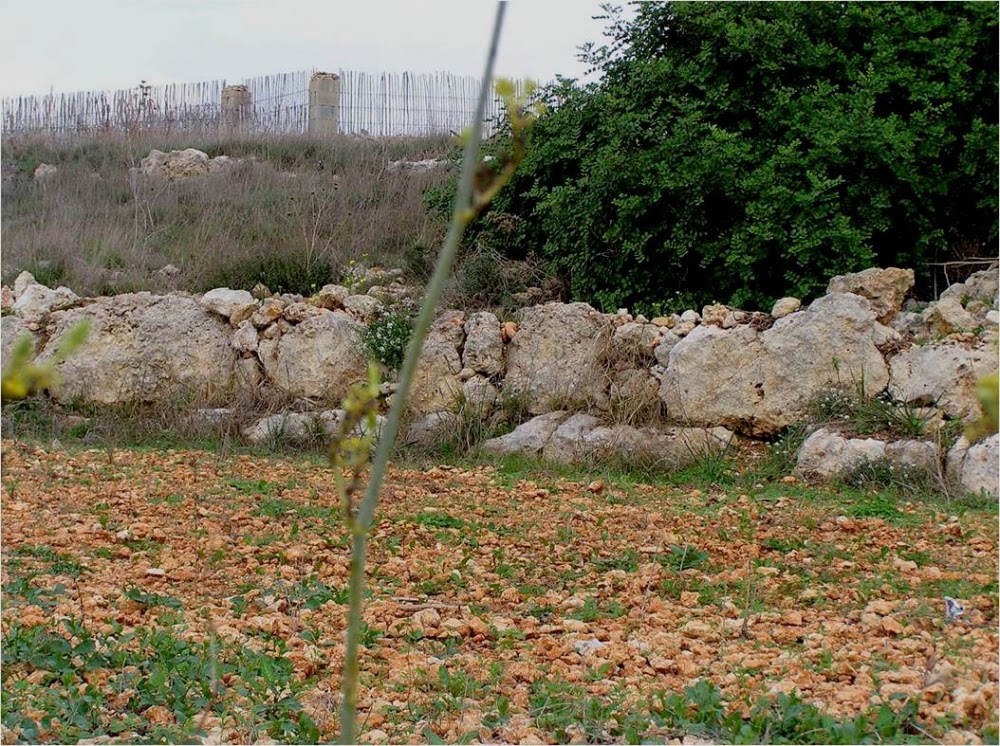Merry Wanderer of the Night [Search results for water]
Rain barrels — for economical owners!

Rain chains instead of drains

Iran: Iran's Shushtar Historical Hydraulic System in photos

Leif Reads: But what about all this snow?

Rainforests: World Heritage Sites risk collapse without stronger local management

Review: The Mermaid's Mirror by L. K. Madigan
Game On Diet Weekly Update

Weekly Geeks 2009-41
BEA Highlights, Day Two (Friday)
Heritage: Egypt's sphinx threatened by subterranean water

Malta: 50 new sites in Malta scheduled for protection

Review: The Lost Hours by Karen White

North America: Oregon police seize Native American relics headed for black market

Heritage: Egypt to protect Abydos Temple from groundwater

Review: The Scorpio Races by Maggie Stiefvater
Who invited the elephant? Robert Pattinson and Reese Witherspoon upstaged by wrinkly star at Sydney premiere

UK: Storm washes Armada wreckage on to Sligo beach

William larks around on a boat in Ibiza with Kate and the Middleton clan in never-before-seen pictures

Shampoo-conditioner for care UGG
Award Winning Wednesday — Keesha's House & My Heartbeat
